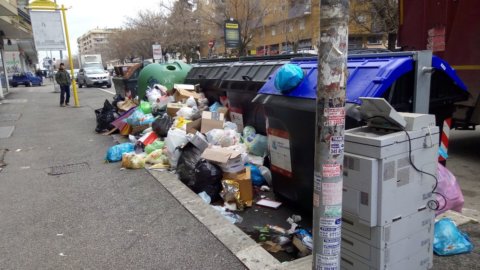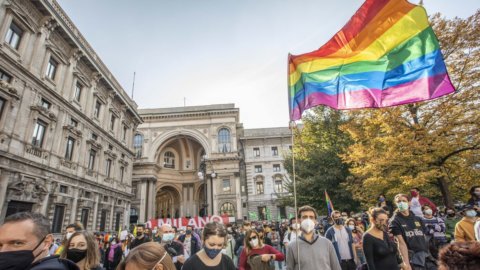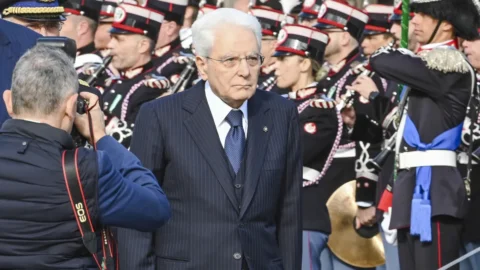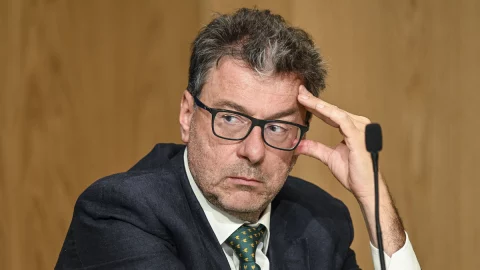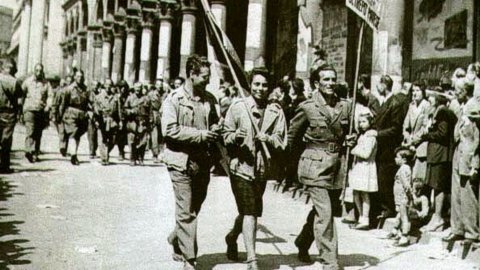The problem of waste disposal, with cities submerged – in turn – by garbage, is not solved. Far from it. But on the subject of incinerators – or waste-to-energy plants as the most modern plants are called – there is still little or bad information. In short, the ideological approach prevails. And so we go from "one incinerator per province" by Matteo Salvini to "incinerators are useless" by the 5 Stars without adequate explanations and documentation to support one or the other thesis being linked to the political statements.
Yet, from the latest 2018 edition of the Waste Report presented by Ispra, it emerges that separate collection affects 55,5% of the waste produced but only 47% is recycled e 23% of municipal waste still ends up in landfills products (compared to 1% in Belgium, Denmark, Germany, the Netherlands and Sweden and 82% in Greece or 92% in Malta). The consequence? Out of almost 30 million tons of urban waste produced, we transferred 355 tons of urban waste abroad in 2017. The main destinations are Austria (27,8%) and Hungary (13,1%) which together absorb 40% of waste that we don't know how to dispose of. The costs of this management are high: the inhabitant of central Italy, less efficient, pays 50 euros (206,88 euros/inhabitant per year) more than his counterpart in the north (151,16 euros) and 30 euros more how much is spent in the South (182,27 euros).
And we come to the knot of incinerators: 18% of urban waste produced is incinerated, while 1% is sent to production plants, such as cement factories, thermoelectric plants, etc., to be used within the production cycle to produce energy. But to find out more and understand how things really are, without ideological fury, it is useful to watch this excellent book Tg2 Dossier service, which aired on December 16th. The Astrolabe, the Friends of the Earth newsletter, noticed it and relaunched it. The investigation has the advantage of describing in about 45 minutes, through images, stories and reasoned opinions, the multiplicity of conditions that can derive from the different waste management. What are the advantages, also in terms of lower bills for those who live in cities where the services are better, also in terms of environmental and health protection. Passing through Naples, Brescia, Parma and Bergamo. And without neglecting the dialectic of opinions. It takes 45 minutes, but it's worth it.

